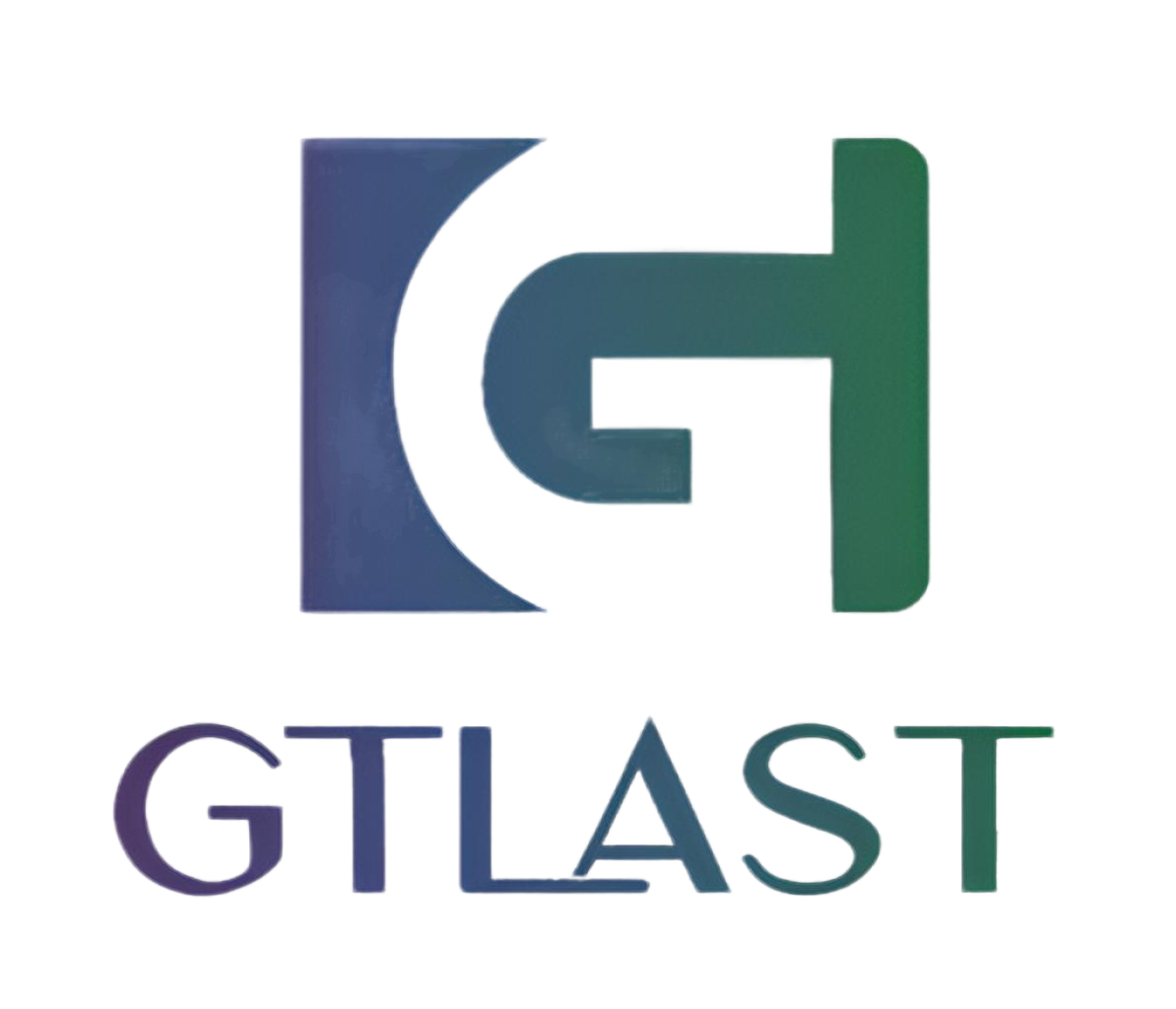Information technology (IT) is the study, design, development, implementation, support or management of computer-based information systems. It includes hardware, software, databases and networks used to collect and analyze data. With the advent of digital technologies, Information technology has become a critical component of any business.
From the basics of hardware and software to more complex topics such as data visualization and cloud computing, IT can seem like a daunting field to understand. If you’re curious about Information technology but don’t know where to start, this article will provide an overview of five key concepts in information technology that can help get you started. Read on for a brief introduction to these concepts.
What is information technology?
IT, involves the use of computers and other technology to manage information. This can include the storing, retrieving, and manipulating of data. It can also involve the transmission of information between different computer systems.
Information technology is a broad term that covers a wide range of technologies and applications. It is some times used inter change ably with “computing.” However, computing typically refers to the more mathematical side of information technology, while IT focuses on the more practical applications.

Some common examples of Information technology applications include:
–Computer networks
-Database management
–Web development
–Information security
-Systems administration
What are the five components of information technology?
The five components of information technology are hardware, software, data, networks, and people.
Hardware includes the physical devices that are used to store, process, and output information. Common examples of hardware include computers, servers, routers, switches, and storage devices.
Software consists of the programs and operating systems that control the operation of the hardware and enable it to process data. Common examples of software include web browsers, word processors, data base management systems, and antivirus programs.
Data is the raw information that is fed into the hardware and processed by the software. Data can come in many forms, such as text documents, images, video files, or audio files.
Networks connect the various hardware devices and allow them to communicate with each other. Networks can be wired or wireless, and they can be small (such as a home network) or large (such as the internet).
People are an essential component of IL because they create, use, maintain, and manage the systems. People who work in Information technology typically have specialized knowledge and skills in areas such as computer science, programming, networking, and security.
What are the benefits of information technology?
The ever-growing reliance on technology has led to a corresponding increase in the importance of IT. The benefits of Information technology are wide-ranging and have been shown to positively impact organizations of all types and sizes. Below are just a few examples of how IT can be used to improve business operations:

Enhanced communication
Information technology can be used to facilitate communication between employees, customers, and other stakeholders. For example, email and instant messaging tools make it possible to communicate quickly and easily with people both inside and outside of your organization.
Improved collaboration
Information technology tools also make it easier for team members to collaborate on projects. For instance, document sharing and video conferencing software make it possible for distributed teams to work together on documents and presentations.
Streamlined processes
Many business processes can be streamlined or even automated using IT. For example, online forms and applications can save time by eliminating the need for paper copies; data storage and retrieval can be made more efficient with database technologies; and automated billing systems can save businesses the time and expense of manual invoicing.
Increased productivity
When used effectively, information technology can help employees be more productive by providing them with access to relevant data and resources when they need them. For example, CRM software gives salespeople quick access to customer data so they can spend more time selling; project management software helps teams track dead lines and progress; and knowledge.
What are the challenges of information technology?
The ever-changing landscape of Information technology presents challenges for both businesses and individuals. The wide range of technologies can be difficult to keep up with, and it can be hard to know which solutions are right for your needs. Additionally, the constantly changing security risks can be difficult to stay ahead of.
For businesses, the challenges of IT include staying up-to-date with the latest technologies, ensuring security for data and devices, and managing costs. For individuals, the challenges may include keeping personal information secure online and understanding how to use new technologies.
How can I get started in information technology?
There are many ways to get started in IL. One way is to attend a college or university that offers an IT program. Alternatively, many community colleges offer certification programs in specific areas of Information technology. There are also many online programs that can provide you with the necessary skills and knowledge to start a career in IT.
Another way to get started in IT is to find an entry-level position with a company that is willing to train you in the specific area of IT that you are interested in. Many times, these types of positions are advertised on job boards or through word-of-mouth. Once you have obtained an entry-level position, you can then begin to build your experience and knowledge base by taking on additional responsibilities and learning new technologies as they become available.
Whatever route you decide to take, it is important to remember that the field of information technology is constantly changing, so it is important to keep up with new developments and trends. One way to do this is to read industry-related publications or blogs, or participate in online forums where Information technology professionals share their knowledge and experiences.
Additionally, attending conferences or seminars related to IL can also be beneficial as it allows you to network with other professionals and learn about new trends and developments in the field.


